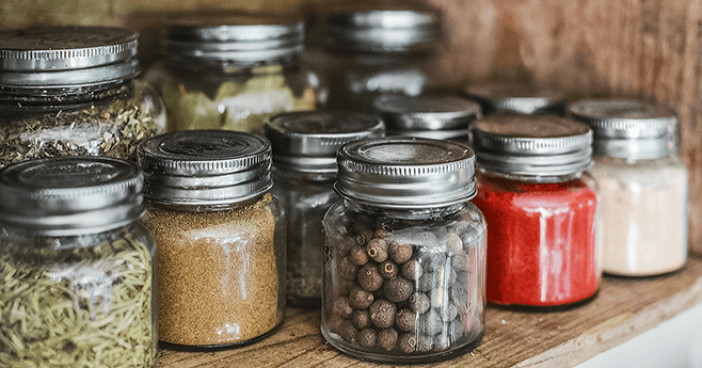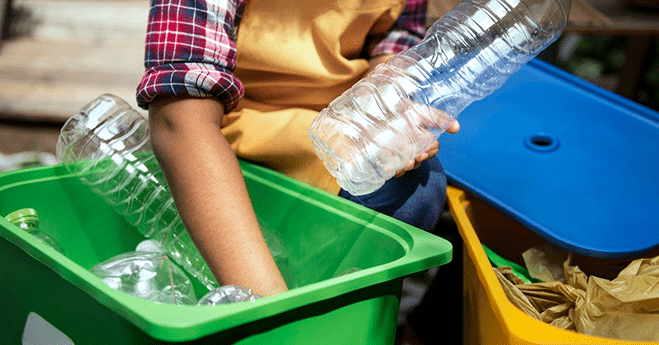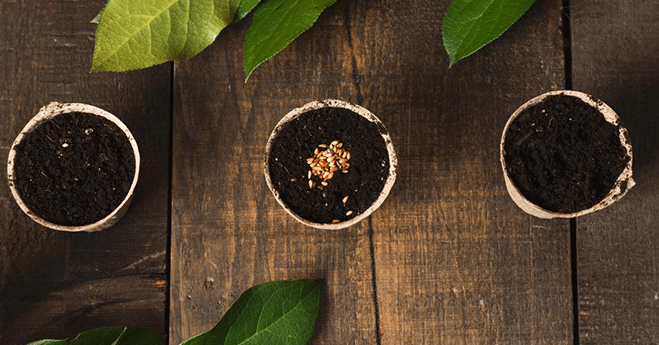When last we spoke, we covered three simple steps you can take to reduce the amount of waste produced in the home: starting a home garden, using an eco-bag, and shopping at farmers’ markets and co-ops. Though small, these actions can help reduce methane emissions, plastic waste, and pollution. Because trash that makes its way into the environment can do so much harm—and a startling 79% of all plastics are not recycled and end up in landfills or in the natural environment—one of the simplest ways to do your part is to avoid creating waste in the first place.
If you have already had a look at these steps and feel ready for more, we have three other suggestions that you may want to use to cut out waste and reduce your impact on the environment.
Part Two: Thinking Big-Picture
1. Replace your disposables with reusables.
About 8 million metric tons of plastic waste makes its way into our oceans every year—which, given that plastic takes more than 400 years to break down, is not great news for sea life or for us. Though some sustainably-minded companies are making the move away from plastics, items such as paper cups and straws are still made to be used once and thrown away, and create often unnecessary waste.
To help cut down on how much goes in the bin, try replacing your disposable items with reusable ones instead. These include products such as:
- Metal straws
- Reusable cups in place of disposables ones at places like Starbucks
- Canvas produce bags
- Reusable food wraps (often made from cloth protected by beeswax) instead of cling wrap
- Mason or other glass jars instead of plastic containers—some shops, such as certain co-ops, will even let you use these instead of bags for bulk items!
Reusable items are easy to wash and reuse, and are often made with sustainable materials as well. Many of them have a trendy aesthetic too—so why not give them a try?
2. Start composting.
Unlike plastics, food waste decomposes and does no harm to the environment. Right?
Unfortunately, the situation is a little more complicated.
Organic waste collected in landfills receives little to no oxygen and undergoes anaerobic decomposition, producing large quantities of methane, a potent greenhouse gas. By properly aerating and composting your organic waste at home or at a local community composter, you can help reduce methane emissions. Composting also has the added benefit of producing natural (and free!) fertilizer for your home or neighborhood gardens.
Looking for a smaller-scale or less smelly composting option? Give vermicomposting a try instead. Vermicomposting involves housing a colony of redworms (Eisenia fetida), which will process your organic waste and produce a rich fertilizer—worm castings—for your home garden. A well-maintained worm “farm” does not have a smell and can be placed in apartments or on balconies for those in urban communities.
Best of all, composting and vermicomposting can be turned into a fun and unique science activity for everyone in the family to engage in. Students can learn about renewable resources, how different materials are broken down in the environment, and the roles different types of creatures play in the composting process. Check out these lesson plans and other resources for some great jumping-off points, and get composting!
3. Skip fast fashion – buy “slow.”
Mass production of cheap clothing leads to mountains of discarded clothes ending up in landfills or as rags and insulation. After all, that $8 blouse is unlikely to survive more than one or two washes, after which it becomes unwearable—and one can only use so many cleaning rags.
Both the slow fashion and circular fashion movements encourage people to make conscious decisions about their clothes and purchase well-made, lasting clothing. Circular fashion in particular is all about taking responsibility for the lifecycle of clothing—from sustainable sourcing and ethical production to an emphasis on the longevity and the design of each item.
Reduce the amount of clothing you throw out by avoiding fast fashion. Aim for quality and sustainability when it is within your budget, and second-hand clothing when it is not. Resources like the Good on You app can help you identify ethical brands, while consignment stores like Goodwill Boutique locations, thredUP, Vinted, and Poshmark provide lots of opportunities for great second-hand finds.
Moving toward a zero-waste or low-waste household does not have to be difficult, boring, or a chore. Because the goal of going zero-waste is to use things that last a long time, you can make activities fun and give the items you do keep as much personality as you desire. Put some attractive yet eco-friendly design ideas from Pinterest to use, discover a new sustainable clothing brand, or spend an afternoon learning about nature with your family. You can do your part for the environment, learn something new, and have a bit of fun while doing it.
Good luck on your zero-waste journey!
ADEC Innovations is a leading provider of ESG solutions, with expertise in delivering fully-integrated consulting, software, and data management services. For more on how to reduce your environmental impact, check out our Utility Energy Data Management white paper on lowering energy consumption, gaining control of energy spending, and increasing productivity and profitability.




